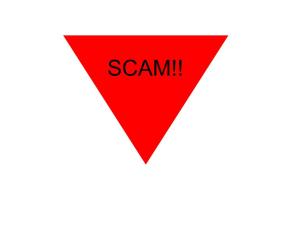We constantly hear about how companies are not doing enough for climate change, are managing poorly and are operating immorally, as well as how they should be taking action to lead the world to a better future. However, who and what determines what is enough for these companies, and is there a way to measure this? The financial industry answered this by creating ESG frameworks.
Basics
ESG stands for Environmental, Social and Governance and is a framework used for measuring a company’s performance in terms of its impact on society as a whole. ESG data is provided by the companies themselves and agencies such as Morgan Stanley Capital International (MSCI) and Bloomberg take into account the following main indicators under each category.
Environmental
- Water Usage
- Waste Production
- Total Annual Greenhouse Gas Emission
- Renewable energy reliance
Social
- Client Treatment
- Employee Treatment
- Workplace diversity
Governance
- Share Class Structure
- Government Structure
- Involvement in Corruption
MSCI, for example, computes a composite score on a scale of 40, giving ratings to each component and indicator and then creates a weighted mean. This differs by ratings agencies.
ESG Frameworks
The ESG framework is a holistic way of assessing a company’s performance on its impact on society — something more and more investors are deeming important.
Think of ESG frameworks as lenses for a camera. It can be replaced by other frameworks such as CAPM Model or the Weighted Average Cost of Capital Model that assess a company’s performance. But, ESG frameworks zoom out and focus on the impact on society like a wide angle lens whereas other “lenses” such as the CAPM Model focus and zoom in on a stock’s past performance. The main difference lies in what each model looks at and what insights they aim to reveal.
It’s important to note that ESG is no longer only about “doing good” but has a direct correlation to performance and profits. A great example of this is what happened to Equifax’s share price. In mid 2017, MSCI downgraded Equifax to the lowest ESG tranche/rating of “Severe” due to data privacy concerns under the Social category. Later that year, the Equifax Scandal took place in which Equifax announced a data breach that exposed the personal information of 147 million people. The share price took a massive hit, falling from nearly $150 to $90.







